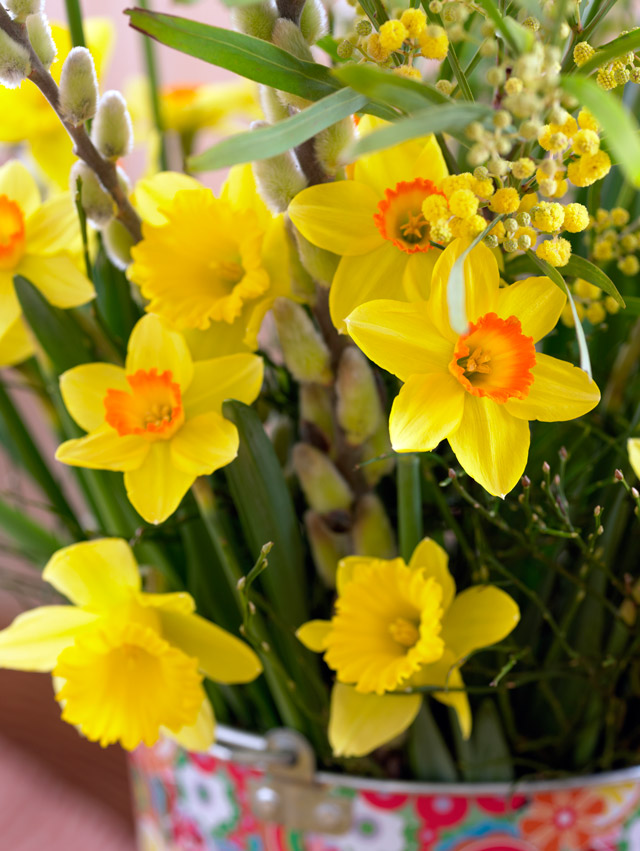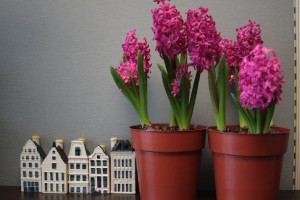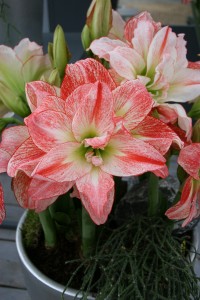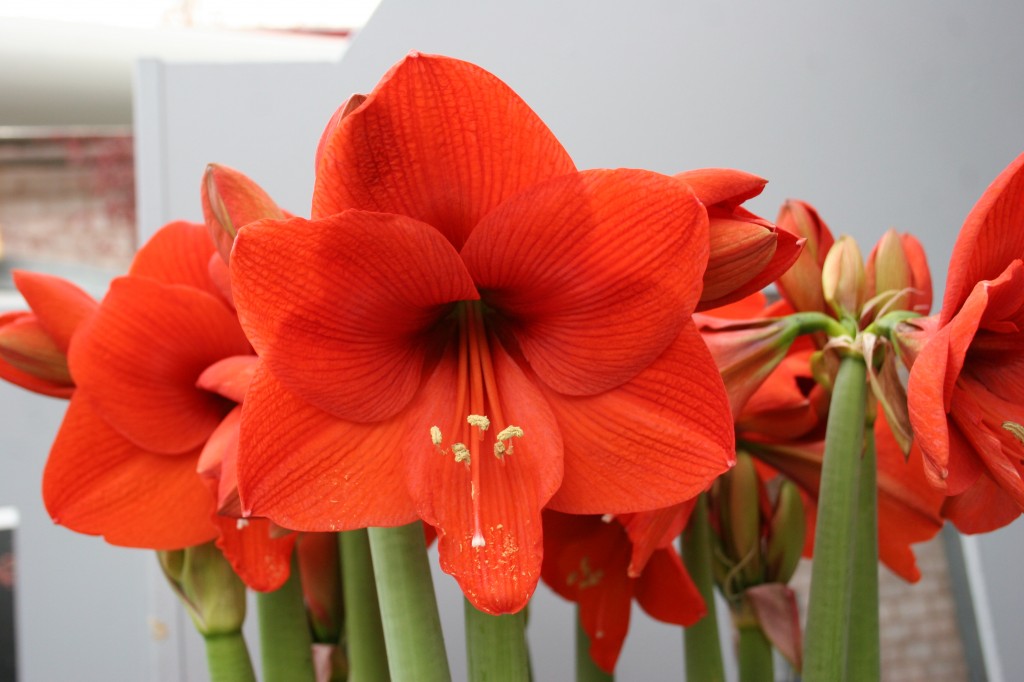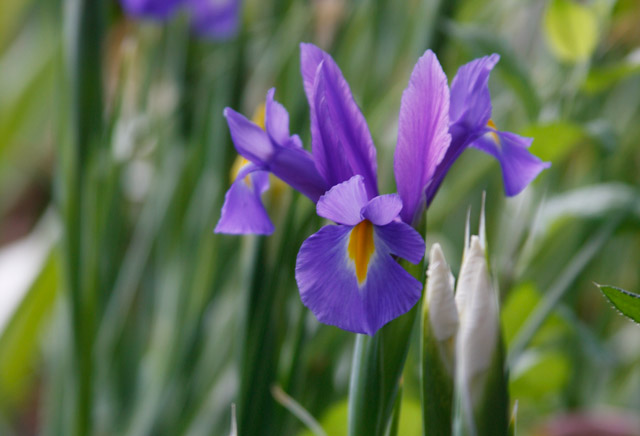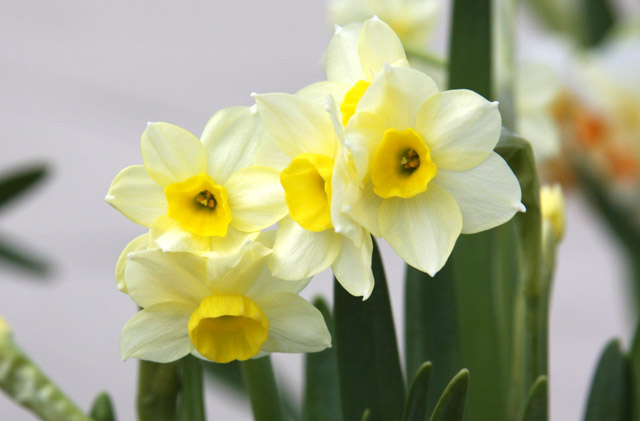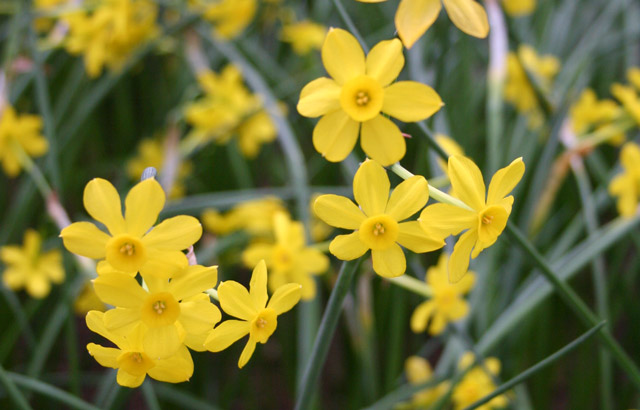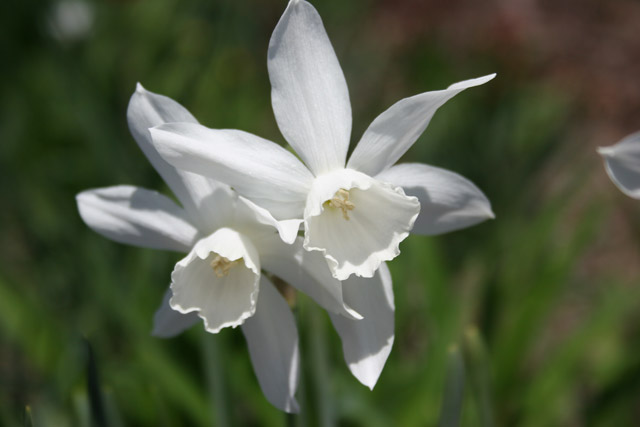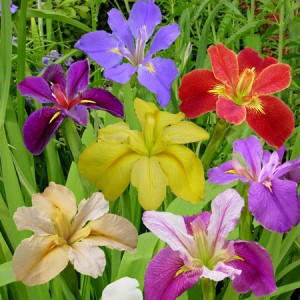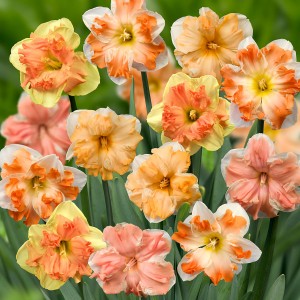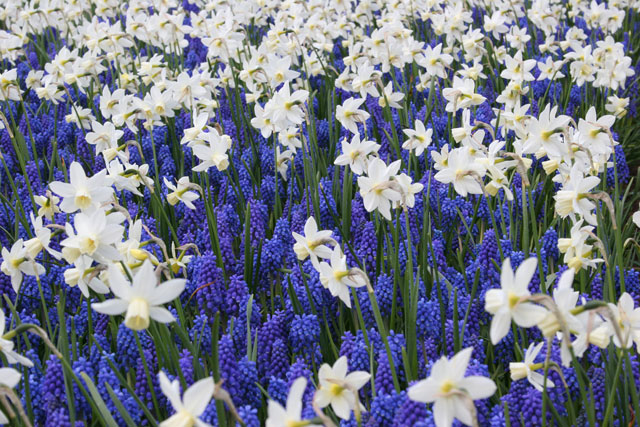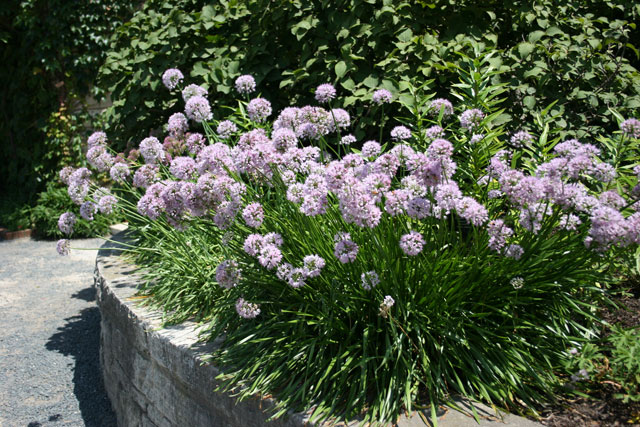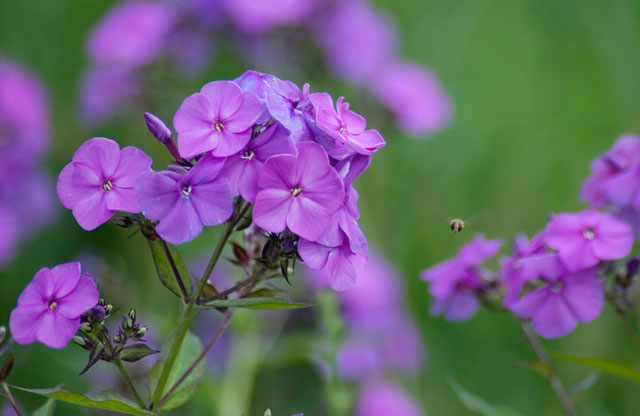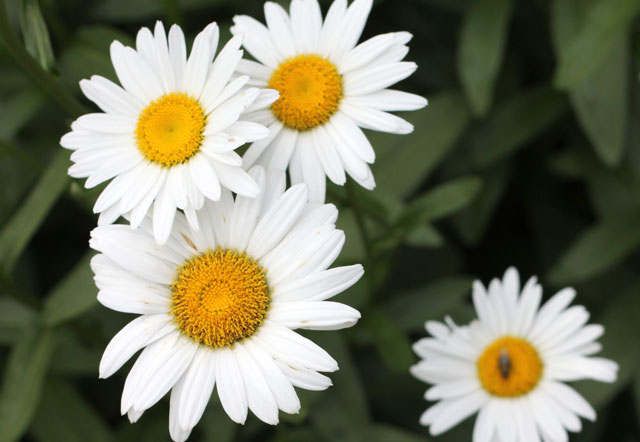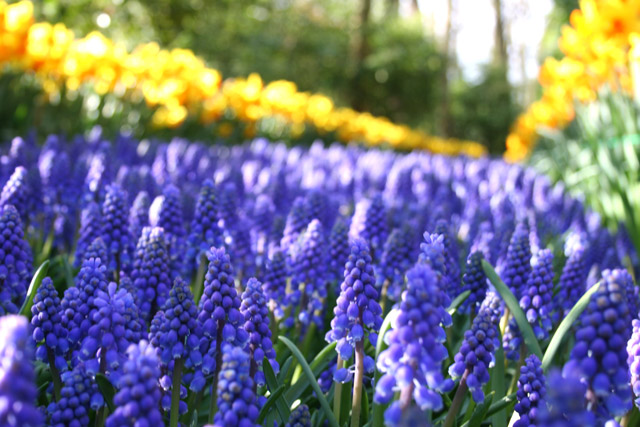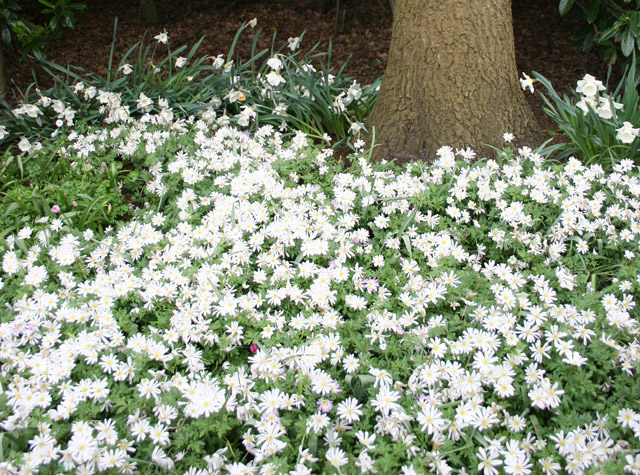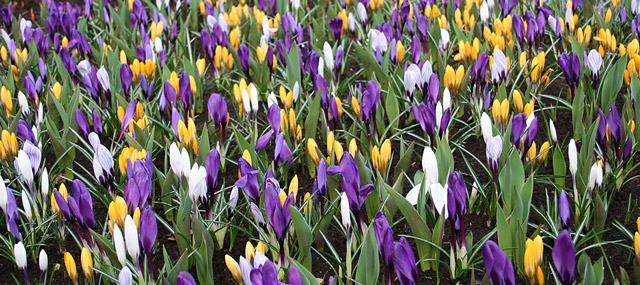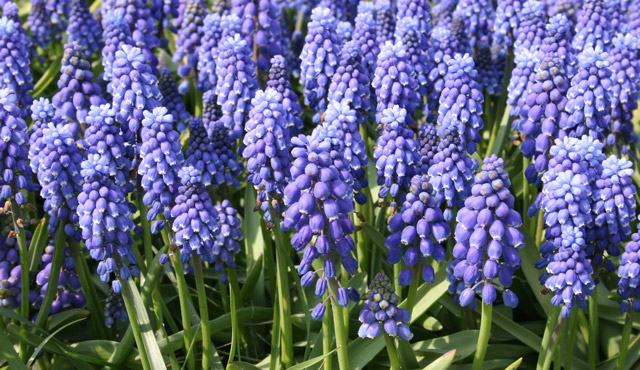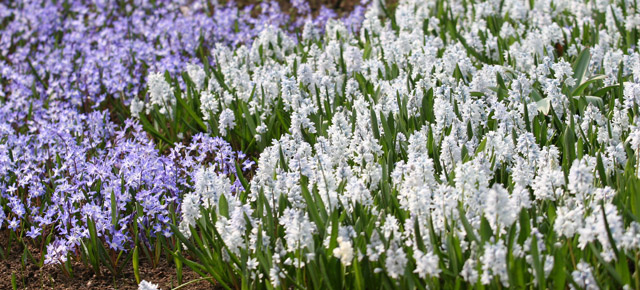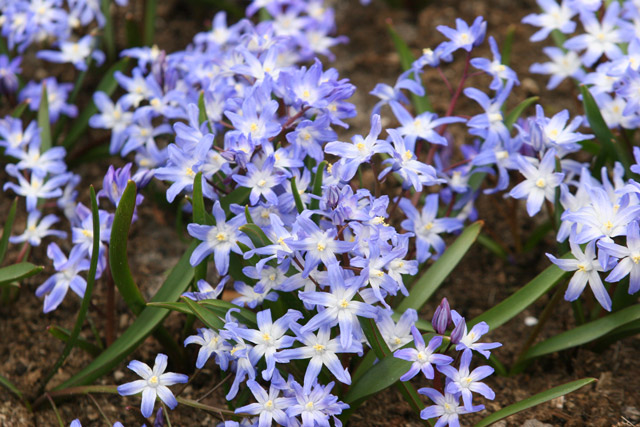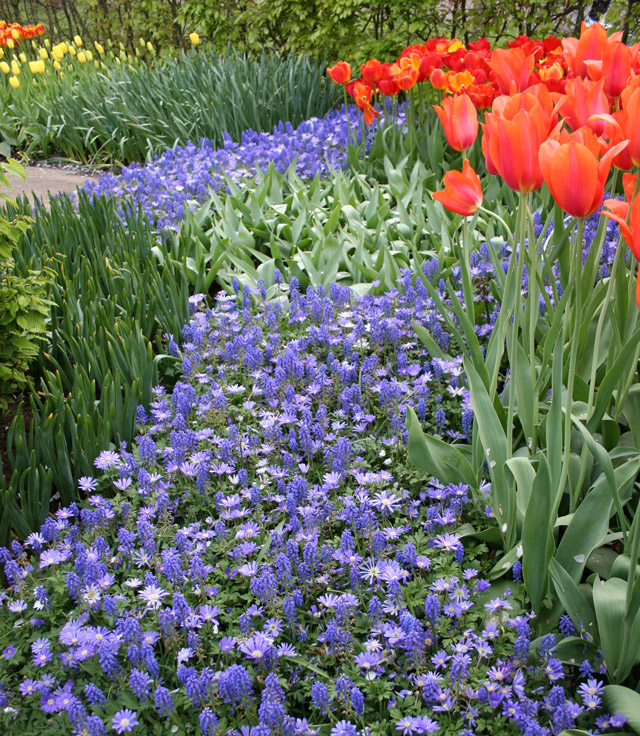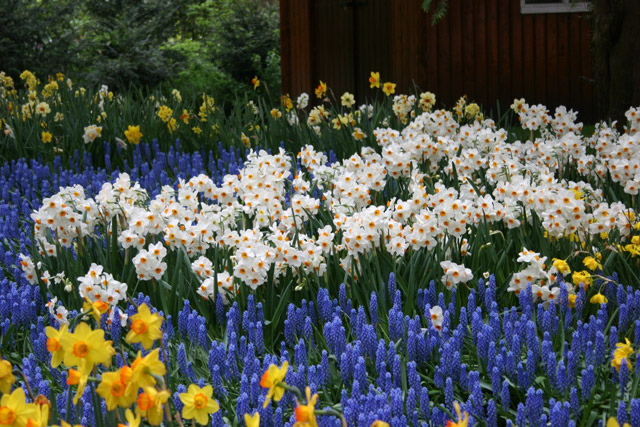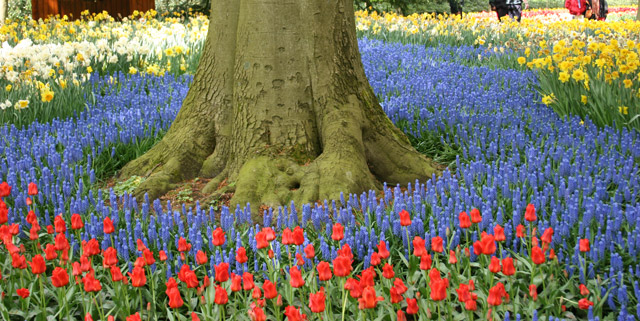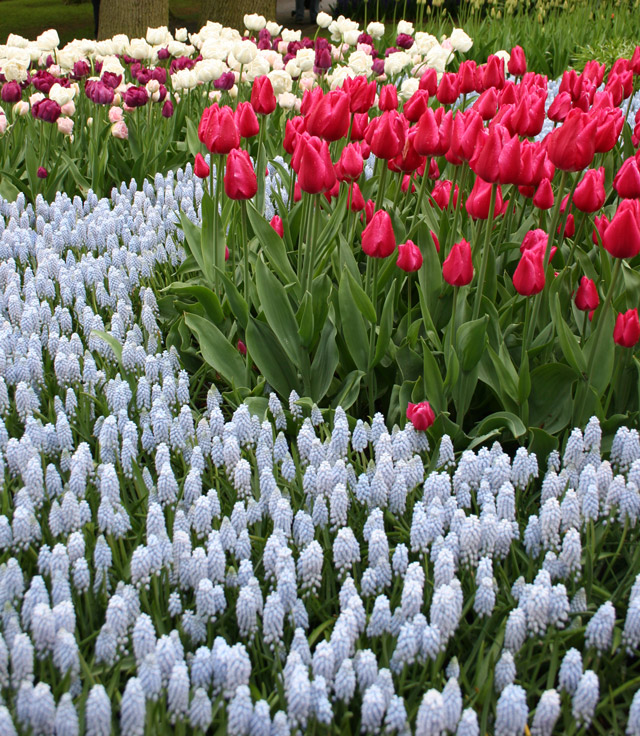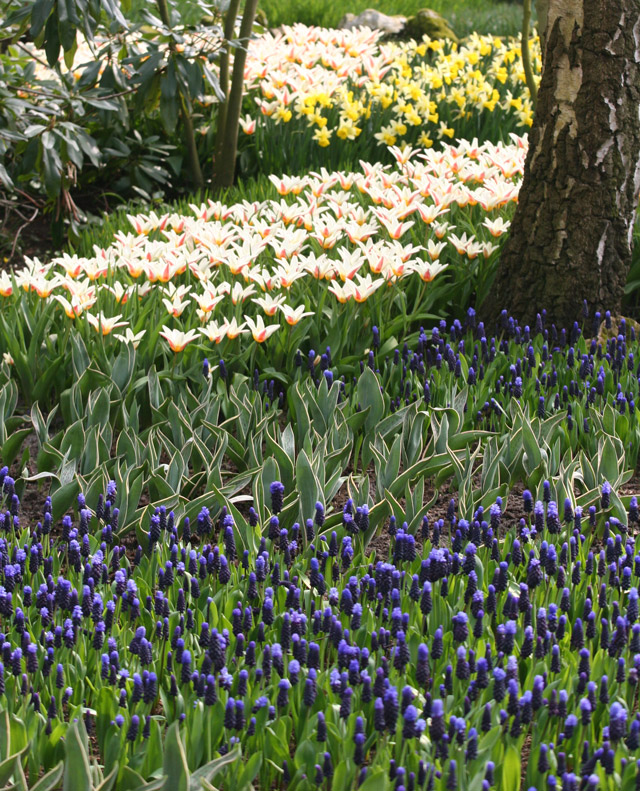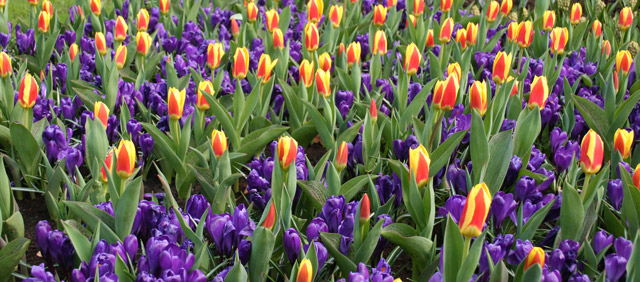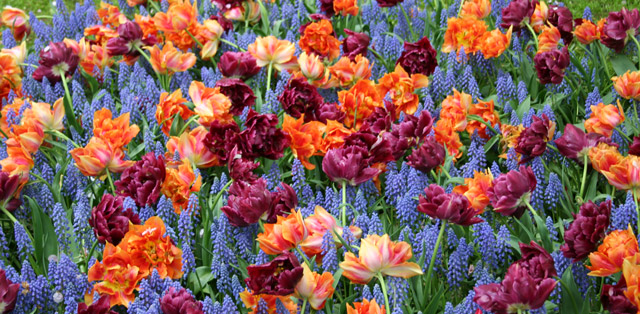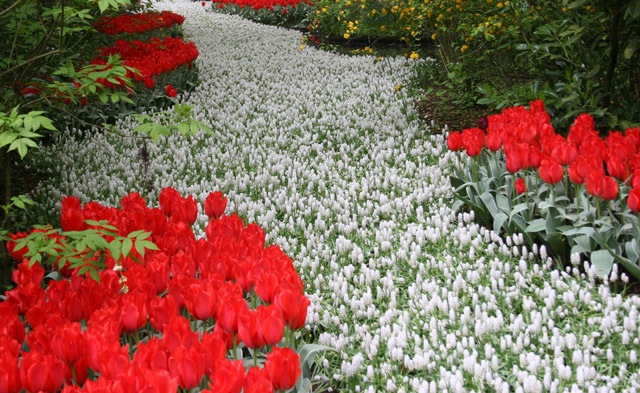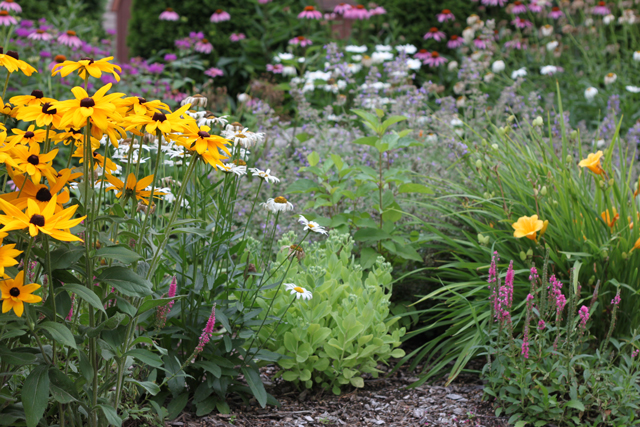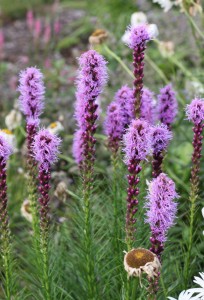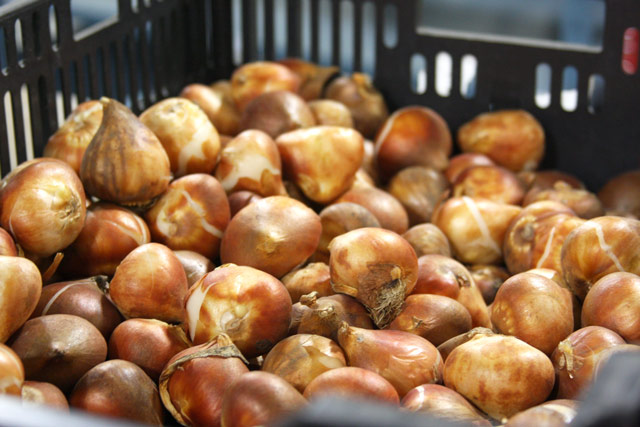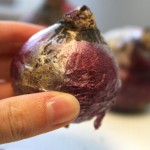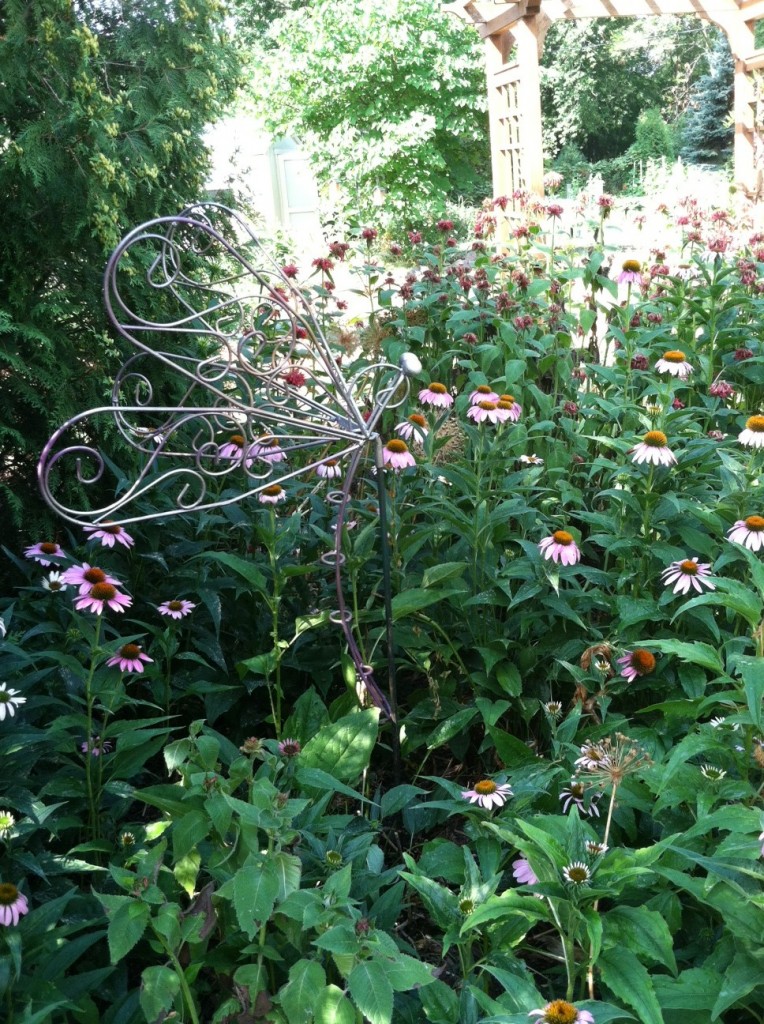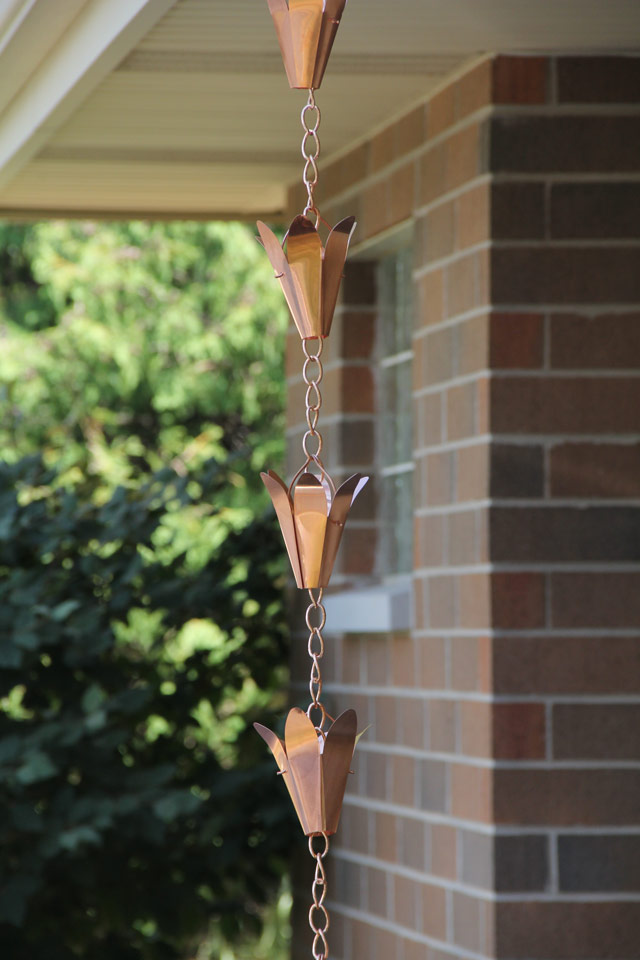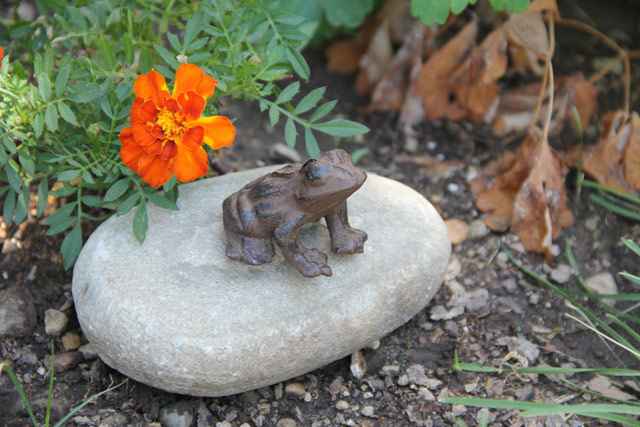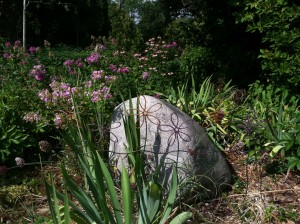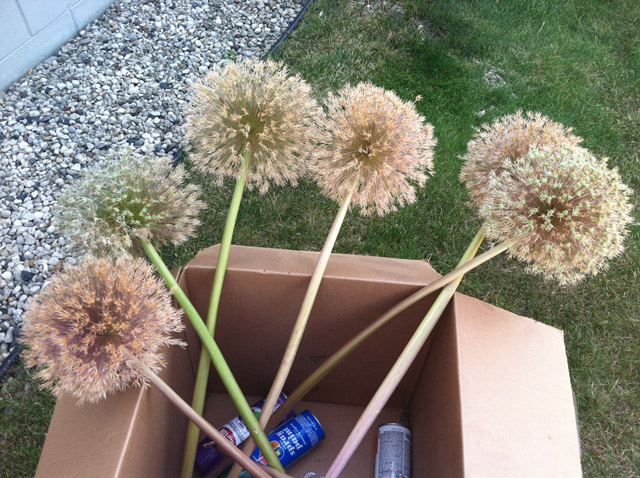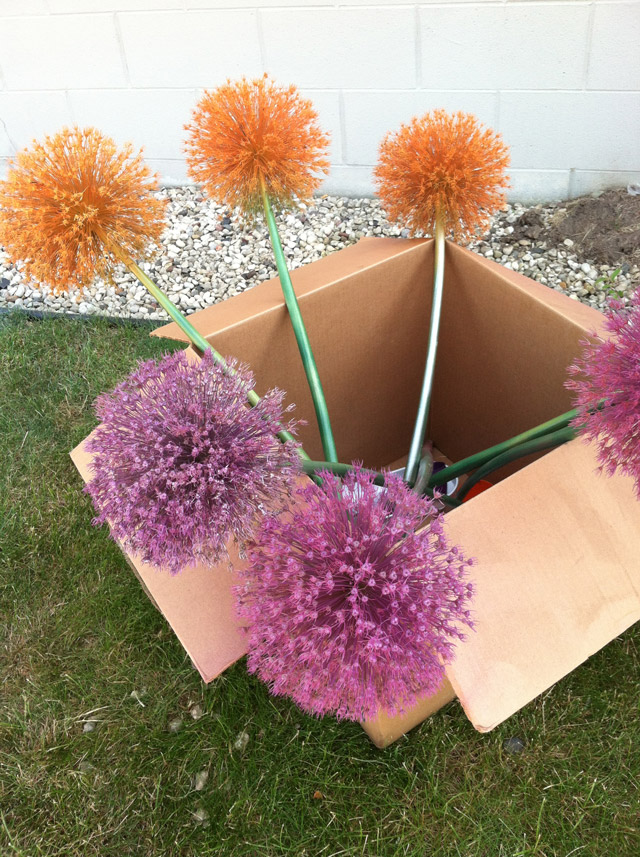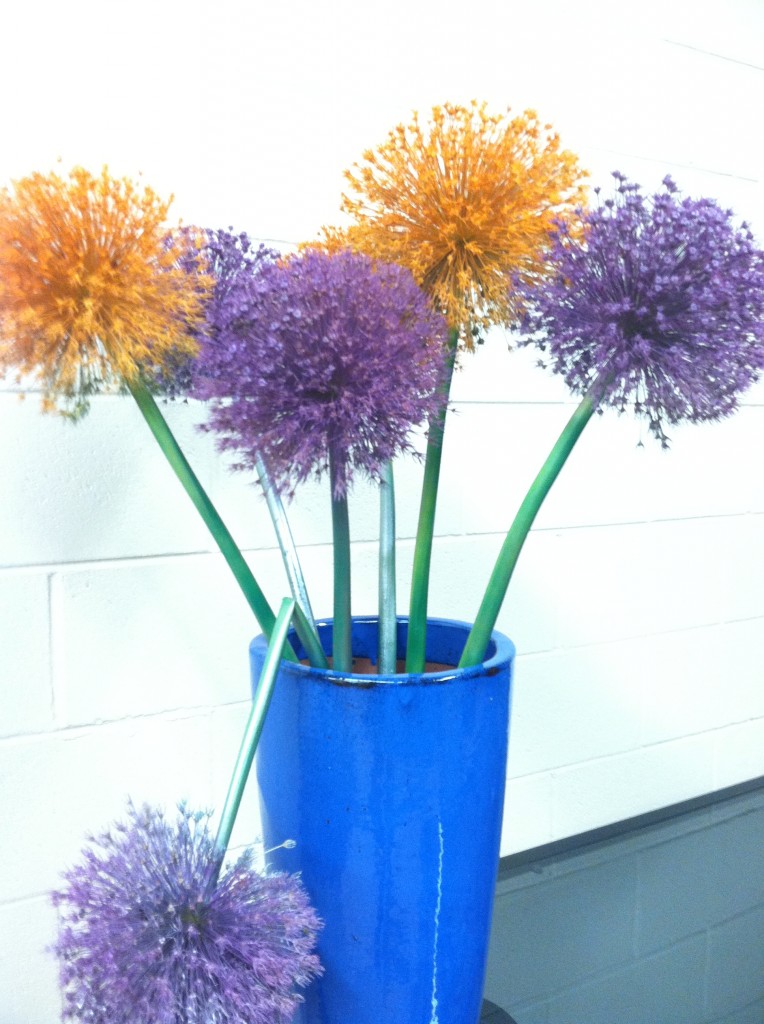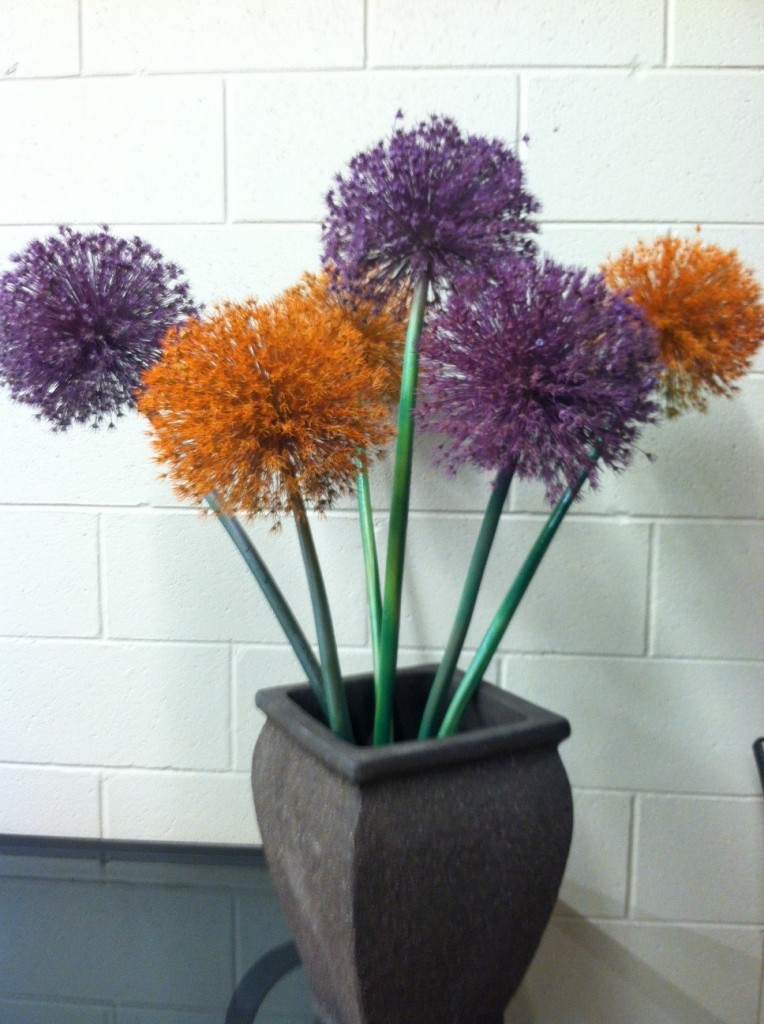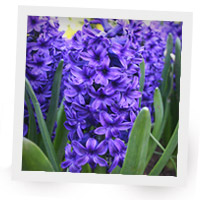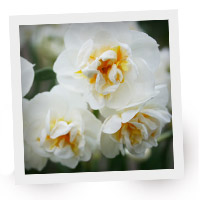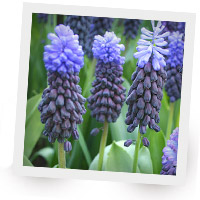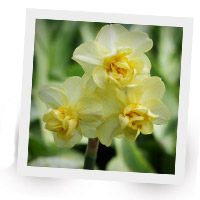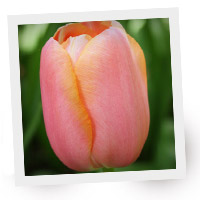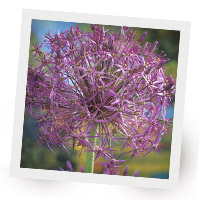Winter can get long here in the North. I begin missing my flowers in Fall, but I’ glad that I am still able to enjoy the outdoors. Once winter has set in, I get a little bummed and a bit stir crazy. Do you? We NEED flowers during these cold & dreary days.
Flowers can bring such a smile to my face and to my heart! The variety, the color- can make anyone feel a bit better. Isn’t this why we give flowers for: Birthdays, Anniversaries, Funerals, and other special events?
So what are we hopeless gardeners to do? Purchase cut flowers regularly from a florist ($$) ? Force flower bulbs? Buy and care for tropical plants that will flower indoors in the winter?
I am a decent gardener outside, but when it comes to plants/flowers for indoors- I can barely just keep them alive. I did some forcing of bulbs last winter with some success. I scheduled the weeks to chill in our company’s cooler and then planted them. Unless you own an extra refrigerator at home, you are can be quite limited on how many bulbs you can manage to chill for 12-15 weeks (the amount of time most fall planted bulbs – tulips, hyacinth, daffodils, crocus, etc – require before they will grow & bloom). Again, this leaves us gardeners in dreary times.
There are, however, ways to keep this dreariness at bay! I will give you some easy options I recommend and what plan to take:
- Right now (October – December), you can buy Amaryllis and Paperwhites, and they need NO chilling period. Just plant. In 4-8 weeks you will have multiple blooms. Buy a handful, and plant them a week apart for an extended bloomtime!
- For more variety or for after Amaryllis & Paperwhites, purchase (December & January) prepared or chilled bulbs. Prepared bulbs have been chilled for at least 10 weeks for you. Leaving you to only chill them for 2-5 more weeks. Fully chilled bulbs will be ready for you to plant. In 2-3 weeks you will begin to have more flowers! Stagger planting time to prolong your time period of blooms.
This year, you can find some choices of prepared and fully chilled bulbs at TulipWorld.com and at WillardandMay.com.
If you want or need more details on forcing flower bulbs, see my previous post: Forcing Flower Bulbs
Here’s to a more cheery winter for all of us gardeners!

